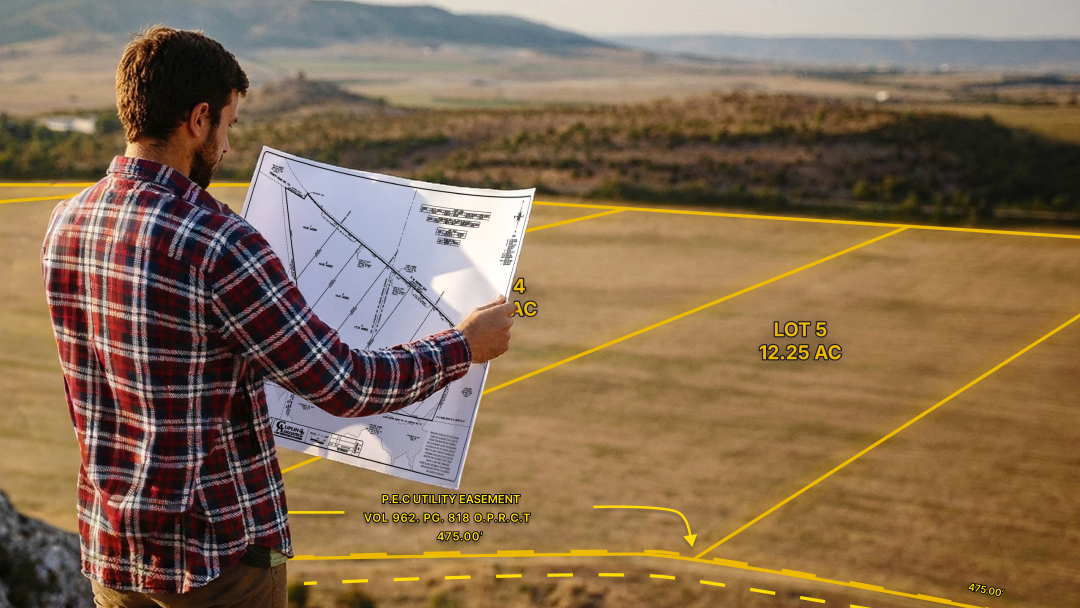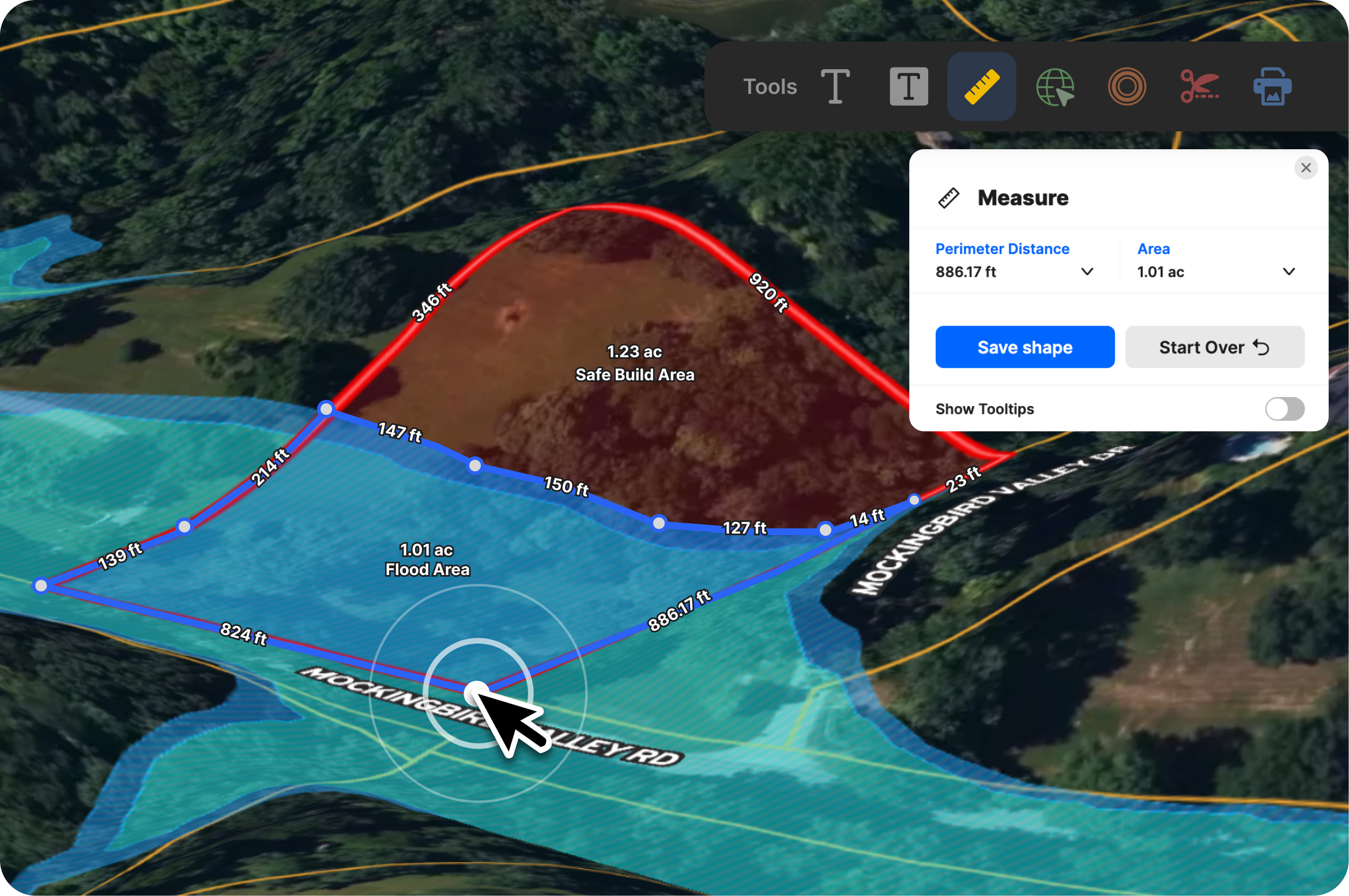The coronavirus outbreak has impacted every sector of the economy. Depending on who you talk to, it is either plunging towards another Great Depression or preparing to rebound in the latter half of 2020. In either case, one thing everyone expects from this economic crisis is the commercial real estate market to be impacted in some way. It is in the unique position of feeling both the brunt of businesses’ inability to pay rent as well as a fear that the new trend of working from home will last much longer than the current crisis. What does this mean for commercial real estate moving forward?
The Future of Commercial Real Estate
After stay-at-home orders were announced several months ago, employers from finance to tech and beyond are reevaluating their need for a physical workspace. Many analysts fear that employers will permanently transition their workforce to a remote work structure, significantly reducing the amount of office space they’ll need to lease. This fear is compounded by the cash flow issues many businesses are currently experiencing. In some cities in the US, only between 50% and 70% of commercial tenants paid their rent for the month of May. Losing the flow of money that rent brings in leaves commercial real estate owners struggling to pay their own mortgage, taxes, insurance and other costs.
Weathering the Storm
All of this amounts to a potentially disastrous situation for commercial real estate. However, while we can expect some restructuring in the market in the next couple of years, the impacts are not expected to be as severe as those experienced during the financial crisis in 2008. Commercial real estate prices - measured by the Real Capital Analytics (RCA) Commercial Property Price Index - are projected to only fall by 7% this year compared to drops of 13.6% in 2008 and 20.8% in 2009. One key difference between now and then is that debt financing is expected to be more widely available this time around, a fact that will help weathering this storm without significant damage much easier.
All Real Estate is Not the Same
Anyone in commercial development will tell you that not every site and every building is the same. That means that the challenges each site faces will be different, especially during an economic crisis. According to the Urban Land Institute, hotels and retail will suffer the most negative impacts. Industrial, on the other hand is forecasted to experience little impact from a COVID-related economic recession.
Planning New Development
Not only has the coronavirus outbreak affected the commercial real estate market, but it could also have an effect on how commercial sites are planned. We’ve seen in the past how building and site design has adapted to solve problems: sprinkler systems were designed in the 1800s to reduce fire risk in factories; security checkpoints were created in response to an increased threat of terrorism after 9/11; hurricane Sandy caused the reconfiguration of flood zoning and installation of flood barriers.So how will COVID-19 change how commercial sites are designed? Washing stations could become permanent fixtures in communal work areas, air filtration systems could be reimagined, public spaces could be reconfigured to de-emphasize densification and the integration of motion sensor technology can create touchless spaces. New development will need to consider the new rules, regulations and routines of behavior that a global pandemic has created.
Get a Real Understanding of Your Land
Whether you’re buying or selling, Land id® (formerly MapRight) is an invaluable tool for those in commercial real estate. With our software, you not only learn everything you need to know about a property now, but you can also visualize your plans for it moving forward. Easily set property boundaries, mark important locations and landmarks, and layer site plans or surveys over your aerial, topo or street maps. Start taking advantage of our web and mobile app today with a seven day free trial!
FAQs

Continue Reading





